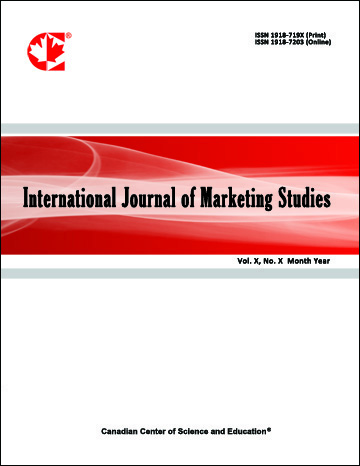Prestige, Parallel or Predatory — Pricing Strategies amongst Taiwanese Universities
- Hsuan-fu Ho
- Fang-Ying Wang
Abstract
Many countries throughout the world are actively striving to expand higher education, but the public funding available for higher education is not commensurate with the rapidly increasing number of colleges and universities, bringing about serious financial deficits and compromises in quality at many schools. In such an environment, tuition is one of the most important sources of funding, such that the financial health of many schools largely depends on the success of their tuition pricing strategy. This research is thus aimed to determine how much tuition the potential students were willing to pay to attend different schools, and to calculate the optimal rate of tuition each school should charge with respect to prestige pricing, parallel pricing, and predatory pricing. Most administrative personnel at academic institutions, when formulating tuition rates, do no more research than checking to see what other schools are charging, without giving much consideration to differences in quality. The results of this research can be used as a reference by the case schools it examines to select a suitable pricing strategy in a rapidly shrinking market. More importantly, it is hoped that other universities will be able to make use of this simple, quality-based pricing methodology developed in this research.
- Full Text:
 PDF
PDF
- DOI:10.5539/ijms.v3n3p67
Journal Metrics
Google-based Impact Factor (2021): 1.34
h-index (July 2022): 70
i10-index (July 2022): 373
Index
- Academic Journals Database
- CNKI Scholar
- EconBiz
- Electronic Journals Library
- Excellence in Research for Australia (ERA)
- GETIT@YALE (Yale University Library)
- Harvard Library
- IBZ Online
- Infotrieve
- JournalTOCs
- LOCKSS
- MIAR
- PKP Open Archives Harvester
- RePEc
- ResearchGate
- ROAD
- Scilit
- SHERPA/RoMEO
- Stanford Libraries
- UCR Library
Contact
- Alyssa SunEditorial Assistant
- ijms@ccsenet.org
